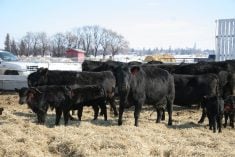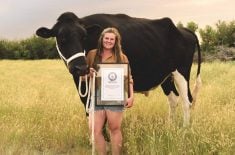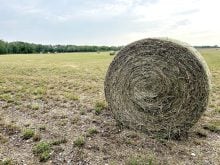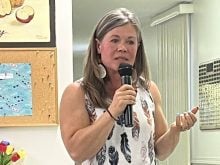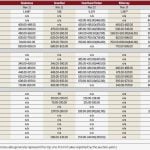Lakeland College’s student-managed farm’s research project brings together visual appraisal, phenotypic data from a residual feed intake test, and genomics to measure a herd of 50 heifers.
“We wanted to take in visual and phenotypic data, and because we have so many tools with genomics, we wanted to add that as a third level to these heifers,” said provincial beef scientist Susan Markus.
Typically, producers judge cattle on how they look, which doesn’t always account for the animal’s true value. This trial combines the actual appearance of the cattle with data about how the cattle are performing.
Read Also
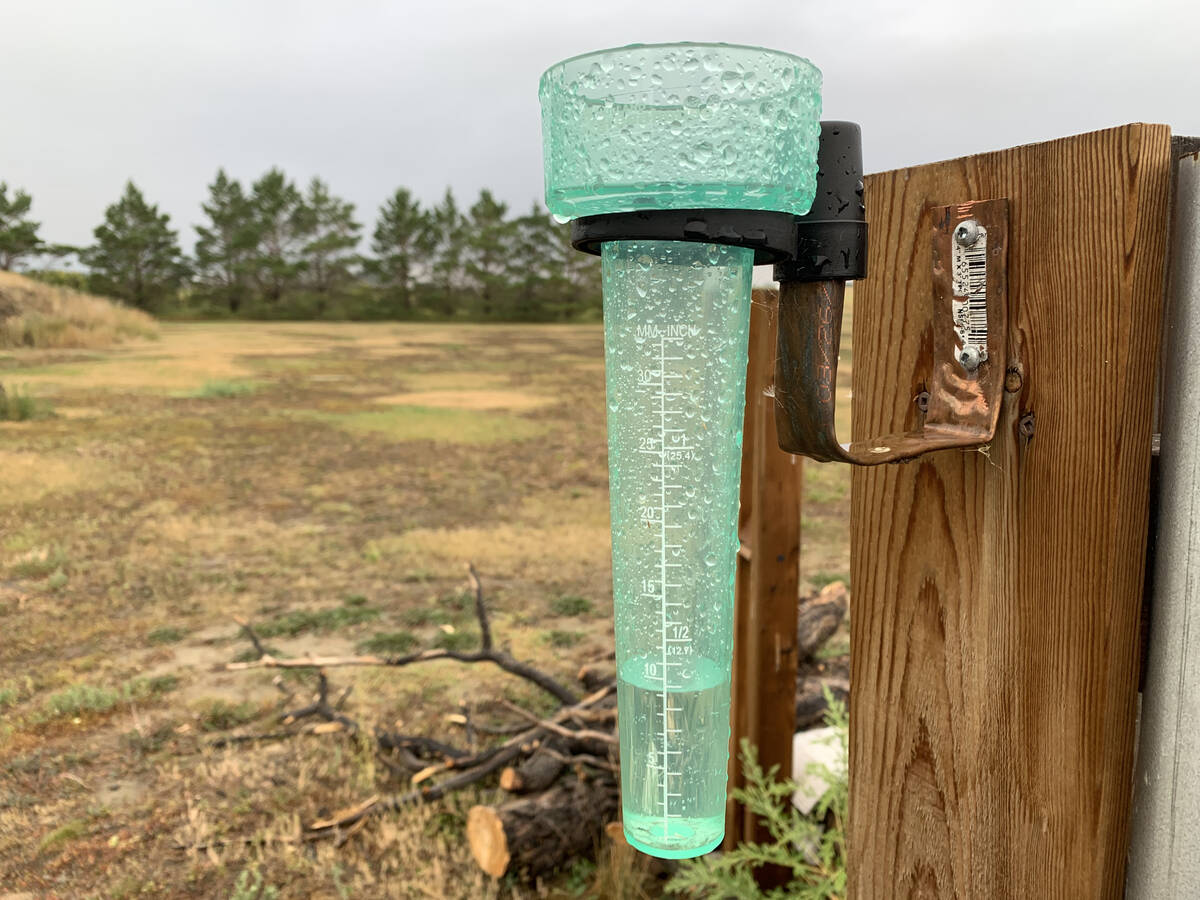
Western B.C., parts of Prairies received drought relief in October
Drought monitor for Western Canada for October
The heifers in the trial have been genotyped with a molecular breeding value — the actual performance of an individual — including phenotypic traits such as average daily gain, weaning weight, back fat, rib-eye area, yield grade and carcass weight.
“Those tools work great with purebred but what we’re finding is that phenotypic predictions don’t translate accurately to the commercial,” said Markus. “They’re good, but they’re not good enough.”
In an ideal world, commercial producers would be able to access a database where they can put in their data and test other groups against a population with a similar number of crossbred animals.
“When you have a testing population that is very similar to the actual population that you want to know about, then your accuracies get higher,” said Markus. “But we’re not there in our Canadian world.”
The cattle in the project were sourced from a large, uniform herd that is grazed year round.
“We’re trying to put together a herd based on traditional selection that we think would work in terms of commercial cattle production,” said Geoff Brown, an instructor and program head of Animal Sciences Technology.
“So if we measure that type of a system and put out that information for industry, maybe we can pick up some things that are going to be more profitable or how management changes some of that type of stuff.”
The project will continue for two to three years, with new students taking over the management of the research herd after this class graduates.




